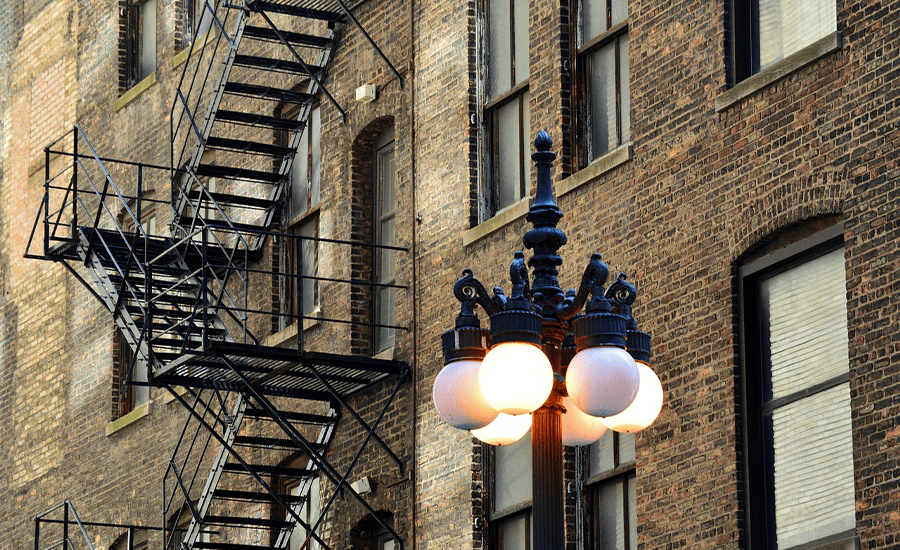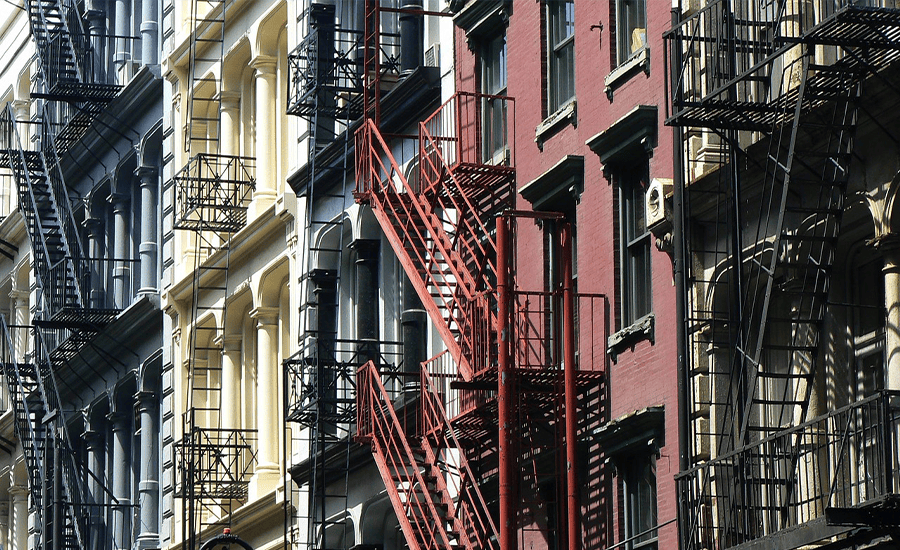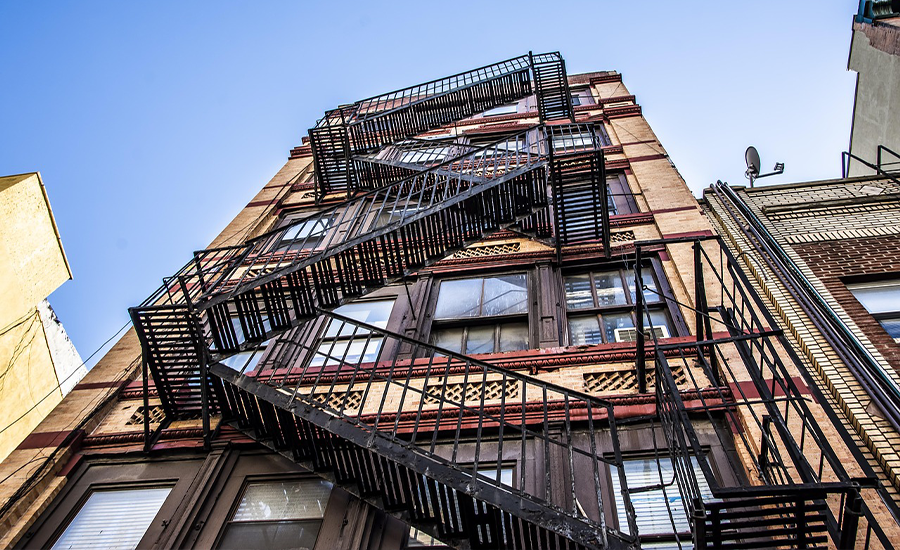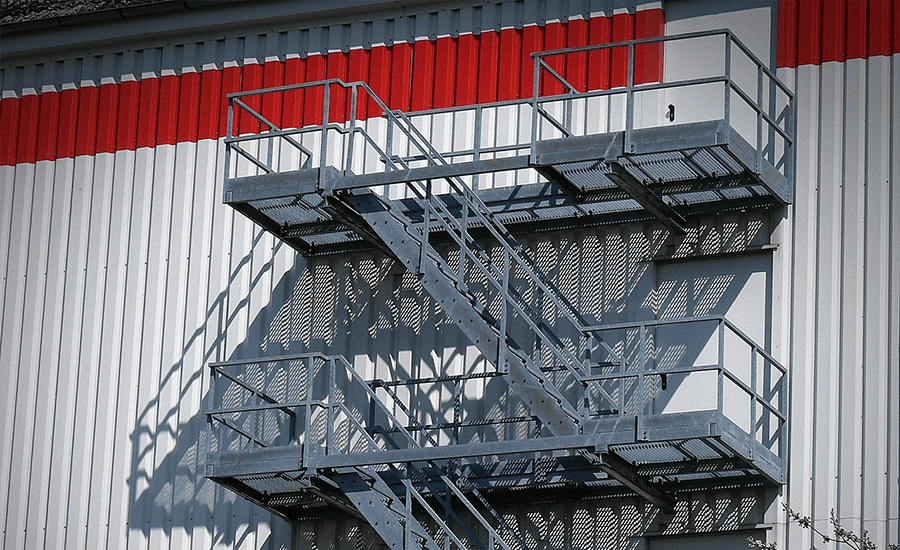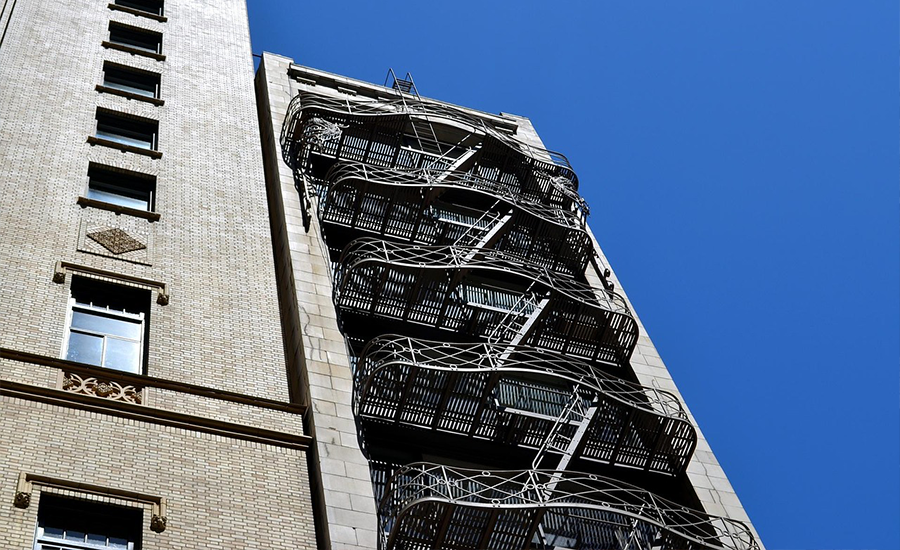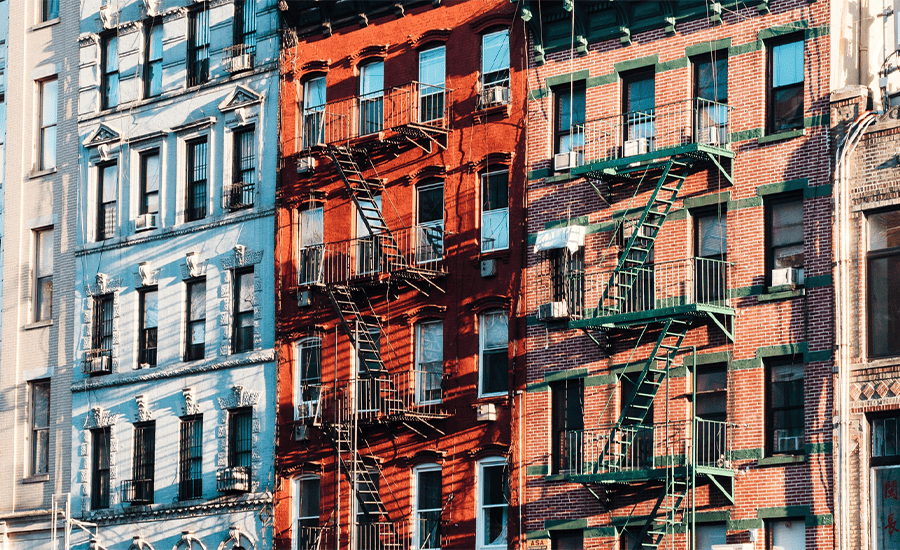Local Law 11 inspection is a crucial requirement for New York City building owners with structures over six stories. These inspections ensure the safety and integrity of building facades, preventing hazards like falling debris and maintaining aesthetic and structural standards. Conducted every five years, Local Law 11 inspection helps in identifying and addressing potential issues before they escalate.
Understanding Local Law 11 Inspections
Local Law 11, also known as the Facade Inspection & Safety Program (FISP), mandates that buildings in New York City with more than six stories undergo facade inspections every five years. These inspections, carried out by licensed professionals such as architects or engineers, aim to ensure the safety and maintenance of building exteriors. The focus is on identifying potential hazards like loose bricks or structural damage that could pose risks to pedestrians and residents, thereby preventing accidents and enhancing the building’s longevity.
The Importance of Compliance
Adhering to Local Law 11 is crucial for several reasons. Firstly, it ensures the safety of both pedestrians and residents by minimizing the risk of accidents caused by structural failures. This can include anything from small debris falling to more significant portions of the facade deteriorating. Secondly, compliance is legally required for building owners in New York City, and failing to meet these standards can result in substantial fines and legal liabilities.
Moreover, regular compliance with Local Law 11 can help building owners avoid costly repairs down the line. By identifying and addressing minor issues during these inspections, you can prevent them from evolving into major problems. This not only saves money in the long run but also enhances the lifespan of your building’s exterior.
How to Prepare for a Local Law 11 Inspection
Preparing for a Local Law 11 inspection is a crucial process that requires careful planning and attention to detail. Here’s a step-by-step guide to ensure your building meets the necessary safety standards and passes the inspection with flying colors.
- Select a Qualified Inspector: The first and most critical step in preparing for a Local Law 11 inspection is to select a qualified inspector. This must be a licensed architect or engineer with experience in conducting Local Law 11 inspections. Choosing the right professional is key because their expertise and thoroughness directly influence the quality and reliability of the inspection report. You can find certified professionals through the New York City Department of Buildings website or by referrals from industry contacts.
- Review Previous Reports: Before the scheduled inspection, it’s a good idea to review previous inspection reports for your building. This will give you a sense of any recurring issues or areas that have been flagged as concerns in the past. Understanding these patterns can help you anticipate potential problems and address them before they become more significant issues.
- Conduct Preliminary Checks: Conducting preliminary checks before the official inspection can save you time and money. Walk around the building and examine the facade closely. Look for visible signs of damage such as cracks, loose elements, or signs of water leakage. If you identify any issues, you can initiate repairs before the inspection, which might help in achieving a favorable outcome.
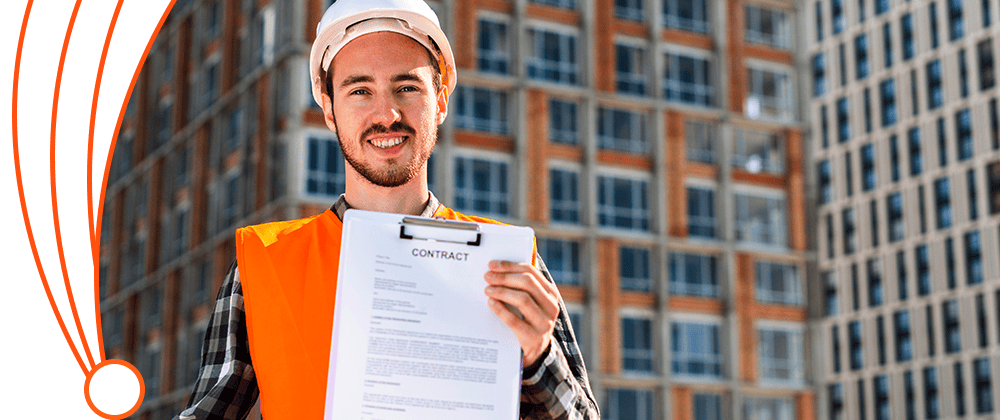
Detailed Inspection Process
Understanding the detailed inspection process under Local Law 11 is vital for any building owner or manager. This part of the inspection is designed to ensure that every part of your building’s exterior meets safety standards and is free of hazards that could potentially harm residents or pedestrians.
- Ground-Level Inspection: The inspection begins at ground level, where the inspector examines the façade from a distance. This preliminary view helps them spot any obvious issues like structural irregularities or visible damage. It’s a crucial step because it offers a broad overview of potential problem areas.
- Close-Up Inspection: After the initial ground-level check, the inspector conducts a close-up inspection. This usually requires scaffolding or other equipment to physically reach and examine high areas of the building’s facade. During a close-up inspection, the inspector looks for more subtle signs of deterioration such as small cracks, erosion, or loose elements that might not be visible from the ground. This part of the inspection is particularly important because minor issues can sometimes signal more significant underlying problems.
- Assessment of Deterioration: Throughout both the ground-level and close-up inspections, the inspector focuses on identifying any signs of deterioration. This includes looking for cracks, which could indicate settling or movement of the building, loose bricks that might fall and pose a danger, and other unstable elements that compromise the structural integrity of the facade.
- Use of Tools and Technology: Inspectors often use various tools and technologies during the inspection process. For instance, drones might be employed to capture images and video from hard-to-reach areas, providing a detailed view of the facade without the need for extensive scaffolding. Additionally, specialized equipment like moisture meters can help detect unseen problems such as water infiltration, which can cause significant damage over time.
What to Expect After an Inspection
Once the Local Law 11 inspection is completed, the building owner will receive a detailed report that outlines the condition of the building’s facade. Understanding the contents of this report and the possible outcomes is essential for planning the next steps. The inspection report can have one of three outcomes, each indicating a different level of action required.
Table of Inspection Outcomes
| Outcome | Description | Action Required |
| Safe | The facade is in good condition with no immediate repairs needed. | No immediate action required, but regular maintenance is advised to keep the facade in good condition. |
| Safe With a Repair and Maintenance Program (SWARMP) | Minor issues are identified that do not pose immediate danger but need to be addressed within a specified timeframe. | Repairs should be scheduled according to the timeline provided in the report to avoid these issues becoming more serious. |
| Unsafe | Critical issues are found that pose immediate risks to safety. | Immediate repairs are necessary to mitigate any risks and ensure the safety of the building and its surroundings. |
Understanding Your Inspection Report
The inspection report will not only categorize the facade’s condition but also provide detailed observations and recommendations for any required repairs. This includes specific areas of concern, photographs of the facade, and sometimes even drone footage if used during the inspection. Each noted issue will typically be accompanied by a recommendation on how to address it, including the urgency and type of repair needed.
Next Steps After Receiving the Report
- Review the Report: Carefully review the details of the inspection report. It might be helpful to discuss the findings with the inspector or a consultant to fully understand the condition of your building’s facade.
- Plan for Repairs: If the report indicates the need for repairs, whether immediate or scheduled, start planning these repairs right away. This may involve obtaining quotes from contractors, scheduling the work, and possibly notifying tenants about upcoming maintenance.
- Document Everything: Keep detailed records of the inspection report and any communications or actions taken as a result. This documentation can be crucial for future inspections and may be required for legal or regulatory reasons.
Repairing and Maintaining Your Building’s Facade
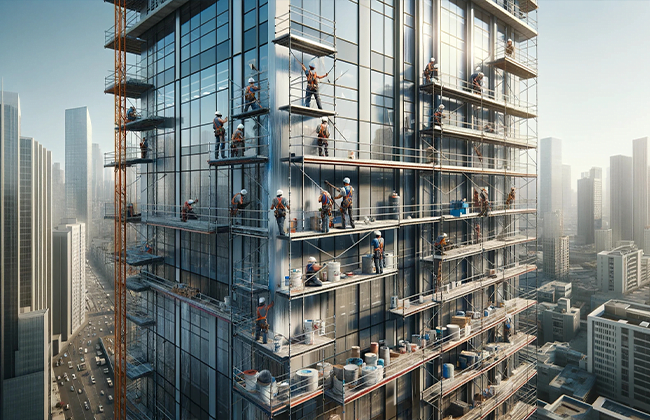
Once you’ve received the inspection report for your building under Local Law 11, it’s vital to address any identified issues promptly. Here’s how you can efficiently manage the repair and maintenance of your building’s facade to ensure safety and compliance.
Prioritizing Repairs
After an inspection, the first step is to prioritize the necessary repairs based on urgency and impact. Repairs classified under the “Unsafe” category should be addressed immediately to mitigate any risks to safety. For issues marked as SWARMP (Safe With a Repair and Maintenance Program), you have a specified timeframe to complete these repairs, but it’s wise to begin planning as soon as possible.
Planning and Executing Repairs
- Selecting Contractors: Choose experienced contractors who specialize in facade restoration and repair. It’s important to check their credentials and past work to ensure they can handle the specific needs of your building.
- Scheduling the Work: Coordinate the timing of repairs to minimize disruption, especially if the building is occupied. Communicating with tenants about scheduled work is essential for maintaining good relationships and ensuring cooperation during the repair process.
- Monitoring Progress: Stay actively involved in the repair process by regularly checking on the progress and quality of the work. This oversight helps ensure that the repairs meet the necessary safety standards and are completed within the agreed timeline.
Regular Maintenance
To prevent future issues and potential emergencies, establishing a routine maintenance schedule for your building’s facade is crucial. Regular maintenance can identify and address minor issues before they escalate into major problems, saving money and effort in the long run.
- Routine Checks: Conduct visual inspections regularly, even outside of the mandated Local Law 11 inspection cycle. Look for signs of wear and tear that could evolve into serious damage.
- Cleaning and Upkeep: Regular cleaning can prevent decay and degradation of building materials caused by pollution, weather, and other environmental factors. This not only maintains the appearance of your building but also prolongs the life of the facade materials.
- Record Keeping: Maintain detailed records of all inspections, repairs, and maintenance work. These documents are invaluable for future inspections and can provide a clear history of the building’s upkeep for potential buyers, insurers, and legal inquiries.

Planning for Future Inspections
Proper planning for future inspections under Local Law 11 is crucial for maintaining the safety and integrity of your building’s facade. Here’s a detailed approach to ensure that you remain compliant and prepared for upcoming inspections.
Setting Aside Funds for Repairs and Maintenance
One of the key steps in planning for future inspections is to set aside a budget specifically for facade repairs and maintenance. This financial planning is vital as it ensures that funds are readily available when repairs are needed, avoiding delays that could compromise building safety and compliance. Consider establishing a reserve fund that can cover unexpected repairs, which are often discovered during routine inspections.
Regularly Updating Maintenance Records
Keeping detailed and up-to-date maintenance records is another essential aspect of planning for future inspections. These records should include dates of inspections, any repairs made, maintenance work, and any changes made to the facade. Accurate records can provide invaluable information to inspectors and help in quickly addressing any issues they might find.
- Documentation: Keep all repair and maintenance receipts, contracts, and before-and-after photos of any work done. These documents can serve as proof of compliance and diligence in maintaining the building’s facade.
- Digital Tracking: Consider using a digital system to track maintenance schedules, inspections, and repairs. Digital records can be easily accessed and updated, providing a clear, organized way of managing your facade’s health.
Staying Informed About Changes in Regulations
Local laws and building regulations can change, and staying informed about these changes is crucial for compliance. Building owners should subscribe to updates from the New York City Department of Buildings or relevant local authorities. Attending workshops or seminars on building maintenance and safety regulations can also be beneficial.
Preparing for the Inspection Process
As the inspection date approaches, review your maintenance records and address any issues noted in past inspections. This review can help identify potential problems before they become serious, ensuring that your building will pass future inspections more easily.
- Pre-Inspection Checks: Conduct a pre-inspection check a few months before the official inspection to make sure everything is in order. If you spot potential issues, schedule repairs well in advance of the inspection date.
- Engage with Inspectors Early: If possible, engage with the inspectors early in the process to understand any specific concerns they might have based on previous reports or general shifts in inspection standards.
Conclusion
Concluding, adhering to Local Law 11 inspection requirements is essential for the safety and compliance of building facades in New York City. Regular inspections help identify potential issues early, reducing risks and future repair costs. If you’re seeking a professional contractor for your Local Law 11 needs, feel free to contact (+1) 917-355-8556 for expert assistance.
FAQs
Q: What is a Local Law 11 inspection?
A: A Local Law 11 inspection involves a mandatory check-up of building facades in New York City for buildings taller than six stories, ensuring they are safe and well-maintained. This inspection helps in preventing potential hazards to pedestrians and residents.
Q: How often is a Local Law 11 inspection required?
A: A Local Law 11 inspection is required every five years for all applicable buildings in New York City. This regular check ensures ongoing safety and maintenance of the building exteriors.
Q: What happens if you fail a Local Law 11 inspection?
A: Failing a Local Law 11 inspection can result in fines and may require immediate corrective actions to address any identified safety hazards. It’s crucial for building owners to comply with the inspection findings to avoid penalties.
Q: Who can perform a Local Law 11 inspection?
A: Only qualified professionals such as licensed architects or engineers are authorized to perform a Local Law 11 inspection. These professionals have the expertise to assess and identify any potential issues with the building’s facade.
Q: Why is a Local Law 11 inspection important for building owners?
A: A Local Law 11 inspection is essential for ensuring the safety of both pedestrians and residents by identifying facade deterioration and other potential hazards. This preventive measure is vital for avoiding legal and financial repercussions.




